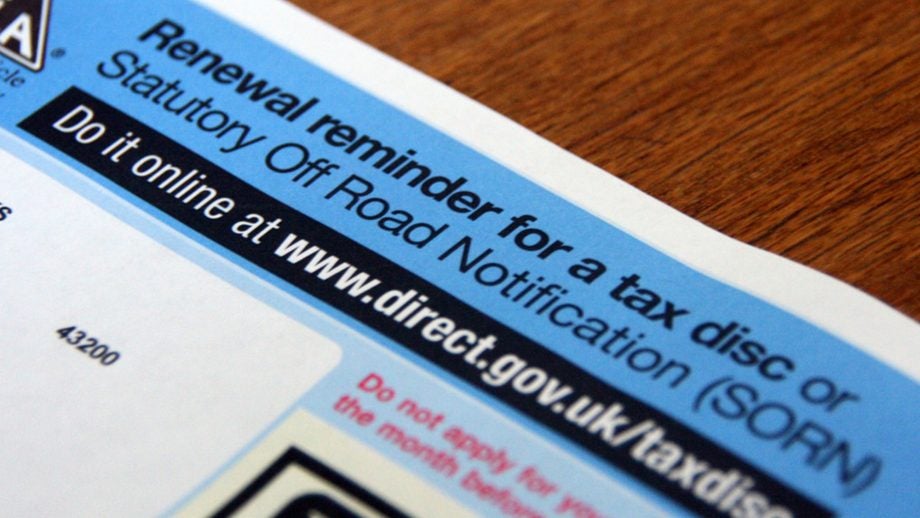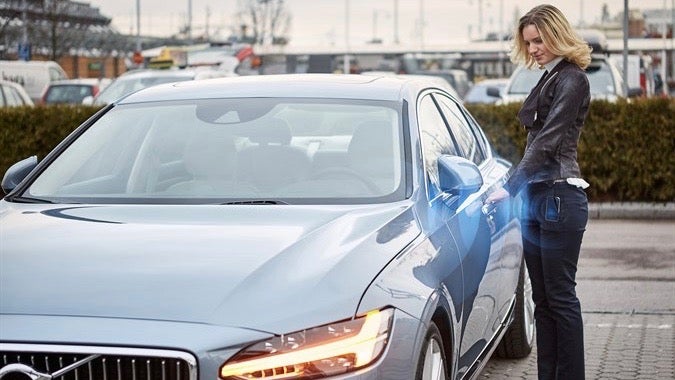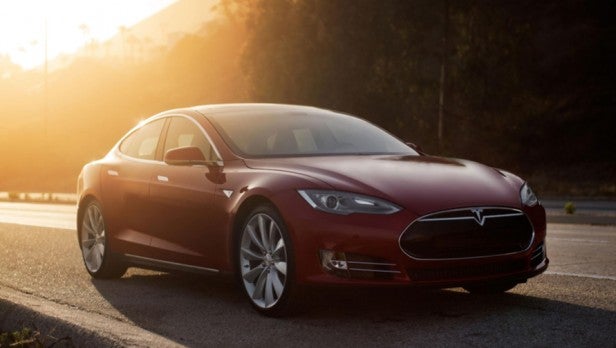Car Tax Band Changes 2017: What the VED changes mean for UK drivers

Car Tax Band Changes UK: What you need to know about the 2017 changes to the car tax bands.
Big changes to car taxes came in on April 1, which made some cars much more expensive to tax. If you’re confused about how the taxing system works now the new rules have been enacted, we’ve got everything you need to know right here.
Related: Apple Car – guide to Project Titan and the iCar
Car Tax Band Changes UK: What’s changed?
Important: These changes only apply to cars registered on or after April 1, 2017
There are still 13 bands of car tax for new vehicles registered after April 1, as before, but the vehicles that fit into each band have been changed. The cost of car tax, or Vehicle Excise Duty (VED), was always partly based on your car’s CO2 emissions.
That’s still the case since the changes came into effect, but with some important differences.
Most significantly, prior to April 1, to encourage a more environmentally friendly attitude among drivers, the government made it so you’d be able to tax a hybrid car free of charge. Not so anymore. The new rules mean that only zero-emission vehicles, i.e. electric cars, can qualify for the lowest – and therefore tax-free – band.
Related: Jaguar iPace
Here’s how the UK government guidance puts it:
Vehicle tax for the first year is based on CO2 emissions.
After the first year, the amount of tax that needs to be paid depends on the type of vehicle. The rates are:
- £140 a year for petrol or diesel vehicles
- £130 a year for alternative fuel vehicles (hybrids, bioethanol and LPG)
- £0 a year for vehicles with zero CO2 emissions
If you don’t want to pay to tax your car, then, you’ll have to be driving a fully-electric vehicle under the new system (unless you bought the car before April 1, 2017).
Related: Kia Sportage review
Car Tax Band Changes UK: £40,000 threshold and premium fee
Even if you’re driving a fully electric, and therefore zero-emissions, vehicle, after the first year such vehicles that cost more than £40,000 new will be subject to an extra fee of £310 for years two to six of ownership – which basically means you’ll pay an extra £310 on top of your annual fee for five years.
And it’s not just electric cars that are affected by this £40k limit. All cars that cost more than £40,000 will be subject to this £310 premium fee, not just zero-emission vehicles that break the threshold.
Here’s what the government has to say:
If a vehicle has a list price (the published price before any discounts) of more than £40,000, the rate of tax is based on CO2 for the first year.
After the first year, the rate depends on the type of vehicle (petrol, diesel, alternative fuel or zero emissions) and an additional rate of £310 a year for the next 5 years.
After those 5 years, the vehicle will then be taxed at one of the standard rates (£140, £130, or £0, depending on vehicle type).
Related: Range Rover Velar

Confused yet? Well there’s more. That £40,o00 limit includes options you chose to add to your car – i.e. if your car cost £35,000 but you added a load of extras that brought it up to more than £40,000, you’ll have to pay the extra tax costs involved.
That doesn’t include the fee for new car registration, but the list price does include the delivery charge, plates, and fuel.
Even if you managed to get a discount on your particular model, if the list price is £40K or above, you’re in the higher tax band.
But what if your car didn’t cost that much? Well, cars with zero emissions that cost less than £40,000 new will remain free to tax after the first year. Meanwhile, a £140 flat rate fee is payable after the first year for petrol and diesel cars that cost less than £40,000 new. The fee for hybrids is £130.
Here’s breakdown of the VED car tax bands for cars registered on or after April 1, 2017:
| Emissions (g/CO2/km) | First year rate | Standard rate* |
|---|---|---|
| 0 | £0 | £0 |
| 1-50 | £10 | £140 |
| 51-70 | £25 | £140 |
| 76-90 | £100 | £140 |
| 91-100 | £120 | £140 |
| 101-110 | £140 | £140 |
| 111-130 | £160 | £140 |
| 131-150 | £200 | £140 |
| 151-170 | £500 | £140 |
| 171-190 | £800 | £140 |
| 191-225 | £1200 | £140 |
| 226-255 | £1700 | £140 |
| over 255 | £2000 | £140 |
*Cars costing more than £40,000 pay £310 fee each year for years two to six of ownership

As an example of how the new system works, take the Tesla Model S 60. With list price of £66,935, it easily breaks the £40,000 threshold, but as an all-electric vehicle it produces zero CO2 emissions. That means it remains free to tax in the first year.
After the first year, there will still be no charge for tax, but because the list price is above the £40,000 limit, you’ll have to pay the £310 premium each year. That charge then applies from year two to six, meaning although the car remains free to tax, you’ll end up paying £1550 overall for the five years where the premium applies.
Under the old system, the Tesla Model S would have been entirely free to tax.
Related: Best Mitsubishi ASX deals
Car Tax Band Changes UK: What about cars bought before April 1, 2017?
If you bought a car before April 1, 2017, or bought a second-hand car that was registered before that date, the new changes don’t apply. In these cases, the old system remains in place, allowing cars that produce up to 100g/km of CO2 emissions per year to go tax-free. That essentially means hybrid vehicles.
Here’s breakdown of the VED car tax bands for cars registered before April 1, 2017:
| VED band | CO2 emissions (g/km) | Annual rate |
|---|---|---|
| A | Up to 100 | £0 |
| B | 101 – 110 | £20 |
| C | 111 – 120 | £30 |
| D | 121 – 130 | £110 |
| E | 131 – 140 | £130 |
| F | 141 – 150 | £145 |
| G | 151 – 165 | £185 |
| H | 166 – 175 | £210 |
| I | 176 – 185 | £230 |
| J | 186 – 200 | £270 |
| K | 201 – 225 | £295 |
| L | 226 – 255 | £500 |
| M | Over 255 | £515 |
In short, you’re better off if you happen to have a low emission car that was registered before April 1, 2017. Since the new changes came into effect, it has become considerably less economical to have a hybrid car, though it’s still cheaper than vehicles with high CO2 emissions.

